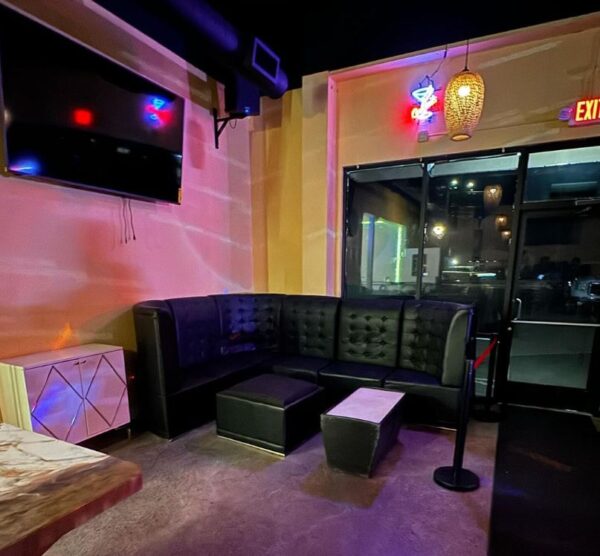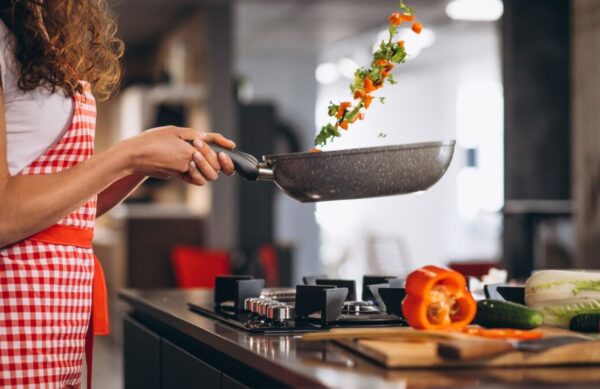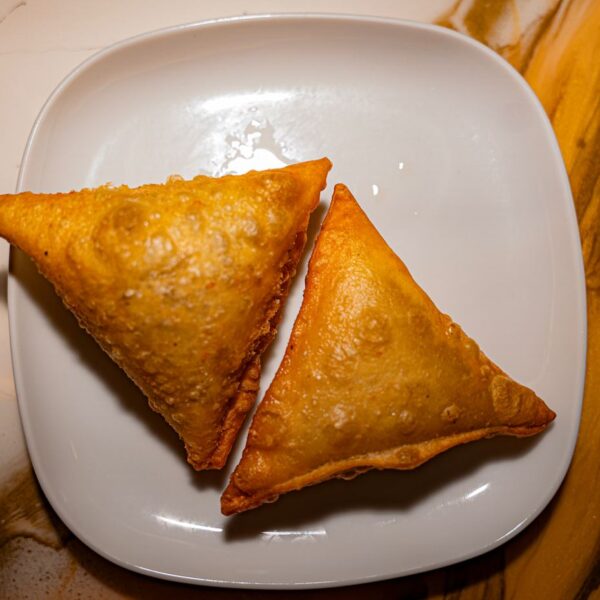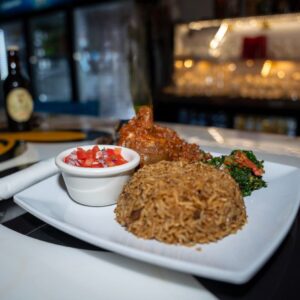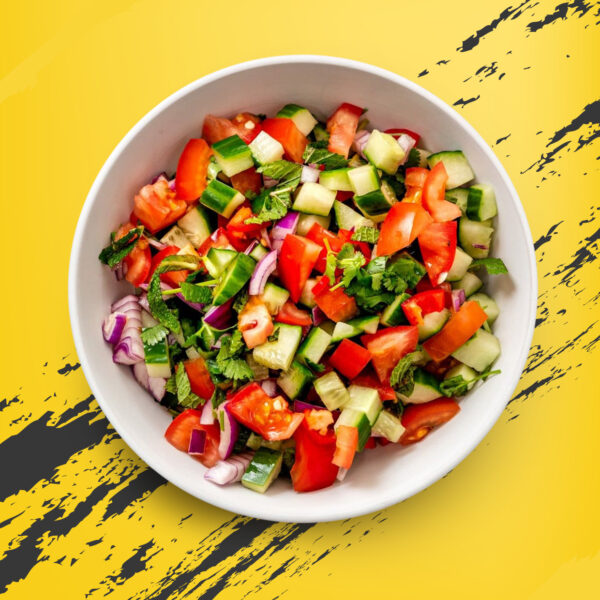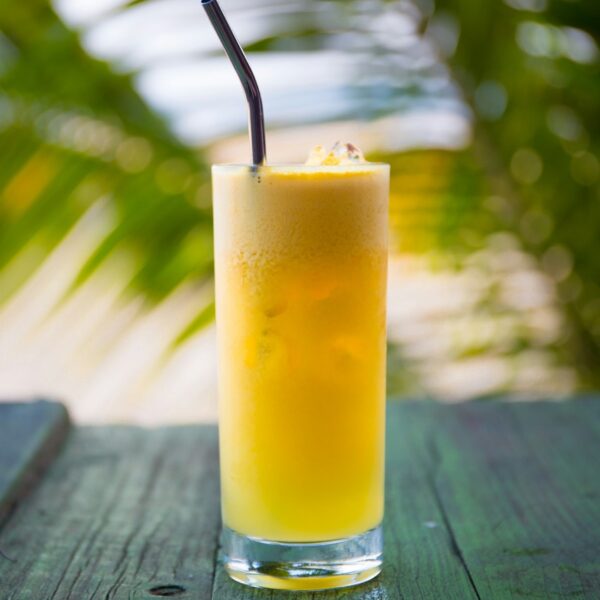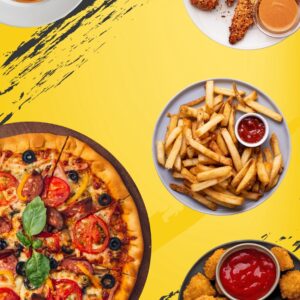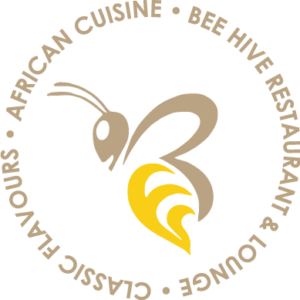When we sit down at a restaurant, most of us focus only on the menu items, prices, and maybe the special of the day. But the menu is much more than a list of dishes. It is a carefully crafted marketing tool, designed to guide your choices, influence your spending, and even shape your dining experience. There are many hidden strategies behind the words, prices, and design that restaurants use to their advantage. In this article, we reveal everything restaurant menus don’t tell you — but you should know before your next meal out.
The Psychology Behind Menu Design
Every part of a menu is designed with intention. From the fonts to the colors, from the placement of items to the use of descriptive language, it all works together to guide your decision-making.
Menu Placement Drives Choices
Restaurants place their most profitable dishes in the areas where your eyes naturally go first. This is usually the upper-right corner of the menu, often called the “sweet spot.” These dishes might not necessarily be the cheapest, but they deliver the highest profit margin to the restaurant. The next time you look at a menu, pause before making a quick decision based on position alone.
Decoy Pricing Techniques
Restaurants often include one or two outrageously priced items on the menu. These items are not necessarily meant to be sold but to make other high-priced dishes look reasonable by comparison. For example, a $90 steak makes the $45 steak look like a smart and affordable choice.
High-Profit Items Are Highlighted
You may notice boxes, borders, or bold fonts drawing attention to specific items. These visual cues are not random. They are there to guide your attention to dishes that offer the restaurant the best return on investment.
Descriptive Language Sells More
Words on the menu do more than describe what you’re eating. They evoke emotions, tell stories, and tempt your taste buds long before the food arrives at your table.
Emotionally Charged Descriptions
Phrases like “hand-crafted,” “home-style,” or “farm-fresh” create emotional connections and a sense of quality, even if the food is mass-produced. These words paint a picture in your mind and justify a higher price.
Storytelling Through Food
Menus that include the origin of ingredients — such as “line-caught salmon from the North Pacific” — build trust and add perceived value. Even if you can’t verify the claim, you feel better about your choice.
Appealing to the Senses
Good menu descriptions go beyond basic details. Instead of “chocolate cake,” you see “velvety chocolate cake drizzled with rich caramel sauce.” The use of sensory words makes the dish more irresistible.
Pricing Strategies That Influence Spending
The way prices are shown on the menu plays a major role in how much you spend.
The Disappearance of the Currency Symbol
Many upscale restaurants remove currency symbols from their menus entirely. Without the dollar sign ($), you subconsciously forget you’re spending real money. This subtle trick has been proven to increase sales.
Charm Pricing and Rounded Numbers
A dish priced at $19.95 feels cheaper than one listed at $20.00, even though the difference is just five cents. However, luxury restaurants often use whole numbers like $32 instead of $31.99 to maintain a premium image.
Price Anchoring
Menus often place a high-priced item at the top of the list, making the next few items seem like better deals. This psychological trick, known as anchoring, steers customers toward mid-range options that feel like a smart compromise.
Hidden Costs and Upsells
Many restaurants increase their revenue not through the main dishes but through cleverly placed upsells and hidden costs.
Add-Ons and Extras
That extra avocado, cheese, or side sauce can add several dollars to your bill. These add-ons are high-margin items that significantly boost restaurant profits.
Premium Beverage Pairings
Servers often recommend specific wines, cocktails, or even bottled water to accompany your meal. These beverages have some of the highest markups in the restaurant industry, often selling at 300–400% above cost.
Desserts and Digestifs
By the time you finish your main course, your decision-making energy is low. This is when servers suggest desserts or after-dinner drinks. You are more likely to agree to these indulgences, increasing the overall bill.
How Menu Layout Influences Time Spent
Restaurants can design their menus to either speed up or slow down your decision-making process, depending on their goal.
Fast Turnover or Lingering Guests
In busy casual restaurants, menus are designed to be simple and easy to read, encouraging fast decisions and quicker table turnover. In fine-dining establishments, longer menus with detailed descriptions encourage you to linger, enjoy multiple courses, and spend more.
Strategic Menu Categories
Menus that separate items into categories like “Chef’s Recommendations” or “Seasonal Specialties” give dishes added prestige. You feel like you are choosing something exclusive, which justifies a higher price.
Limited Time Offers and Scarcity Tactics
Restaurants use scarcity to create urgency and prompt immediate purchases.
Seasonal Specials
Limited-time offers make you feel like you are missing out if you don’t order them now. Even if they return seasonally, the urgency boosts immediate sales.
Daily Specials Board
The chalkboard of daily specials is not just for show. It highlights dishes with ingredients that need to be sold quickly, or dishes that deliver higher profit margins.
Ingredient Sourcing: Truth or Marketing Spin?
While menus highlight “locally sourced” or “organic” ingredients, these claims are not always regulated.
Understanding Marketing Language
Terms like “natural,” “artisan,” and “crafted” have no strict legal definitions. Restaurants use them freely to enhance appeal, even if the reality is less impressive.
What “Market Price” Really Means
For seafood or steak, you might see “market price” listed instead of a set price. This gives the restaurant flexibility to charge higher prices depending on supply and demand — but always ask the server for details to avoid surprises.
The Truth About Portion Sizes
Portion control is an essential part of menu design, but it often benefits the restaurant more than the customer.
Plate Size Illusions
Larger plates make portions look smaller, encouraging you to order more sides or desserts. Smaller plates create the illusion of abundance.
High-Profit Small Plates
Tapas-style menus and small plates allow restaurants to sell multiple dishes per guest. This approach increases the average check size while keeping portions modest.
Ethical and Sustainability Claims
Many restaurants today promote their commitment to sustainability and ethical sourcing, but there is more to the story.
Greenwashing in Menus
Some restaurants use vague sustainability claims to appeal to eco-conscious diners without actually following through on meaningful practices. Look for certifications or ask the staff specific questions if you care deeply about sustainability.
The True Cost of Ethical Choices
Items labeled as “free-range,” “grass-fed,” or “fair-trade” come with higher costs, and those costs are passed on to you. While these choices support better farming practices, not all restaurants deliver the full ethical value they promise.
How to Outsmart the Menu
Now that you know the strategies behind menu design, you can make smarter choices.
- Take your time. Don’t let visual cues or server suggestions rush your decision.
- Ask questions. Clarify ingredients, portion sizes, and prices for specials.
- Be aware of upsells. Decide beforehand if you want extras like appetizers, desserts, or premium drinks.
- Focus on value. Look for dishes that balance quality and price, rather than falling for flashy descriptions or strategic placement.
Conclusion
The next time you open a restaurant menu, remember: that it is not just a list of food options. It is a powerful sales tool designed to guide your choices and increase your spending. By understanding the tactics used in menu design — from psychological pricing to sensory language, from strategic placement to ethical claims — you empower yourself to make better, more informed decisions. Enjoy your dining experience with open eyes and a well-informed appetite.
Beehive Restaurant and Lounge is a vibrant culinary destination in Portland, Oregon, offering a unique blend of authentic African cuisine infused with the sweetness of honey. Whether you’re joining us for a meal or a special celebration, Beehive is your hive of warmth, hospitality, and exceptional culinary delights. Connect with us on social media and join our community to stay updated on our latest offerings and events!
